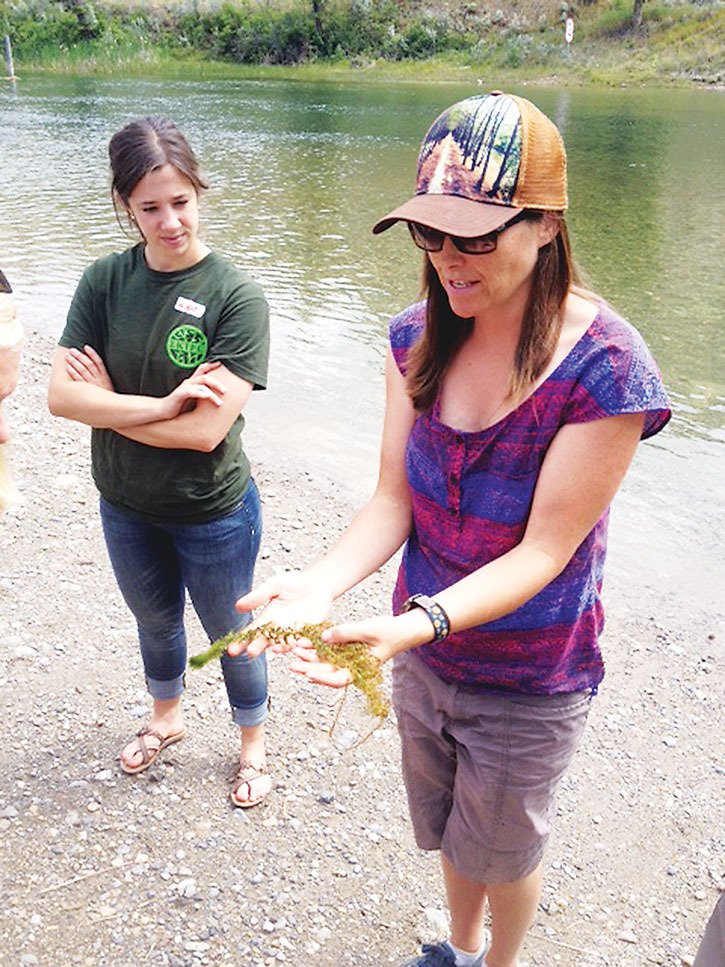 The title “bladderwort” suggests a rather unpleasant medical condition rather than an aquatic plant.
The title “bladderwort” suggests a rather unpleasant medical condition rather than an aquatic plant.
In fact, if it were not for the unfortunate name and the fact that bladderworts exist for most of their life cycle just beneath the surface of the water (and are easy to miss), they would get a lot more attention.
The Utricularia or bladderwort genus is a sprawling brood, consisting of 233 (all carnivorous) species. Some are aquatic, and the other 80 per cent are terrestrial, living in wet soil.
Bladderworts are a successful bunch, and can be found on every continent except Antarctica. The species found in our area are the Greater/Common bladderworts and Lesser bladderworts (aquatic).
These unique plants don’t have clearly defined roots; they float freely in the water unattached to worldly cares. But what’s really fascinating about the bladderwort is the tiny apparatus they are named after.
Formerly the “bladders” were thought to be some sort of floatation device. Upon closer study, it was discovered they are actually how the plant feeds!
The bladders are modified leaves that have been called “the most sophisticated carnivorous trapping mechanisms to be found anywhere in the plant kingdom.”
Take that Venus fly traps! The little stomach-like mechanisms can digest things such as water fleas, nematodes, and even prey as large as fish fry depending on the species.
Bladderwort can have hundreds of traps on a single stem. The way they work is by pumping water out of the bladder. This creates a vacuum that increases until no more water can be pumped out. The trapdoor portion of the bladder is rigged with several antenna-like protuberances that are super-sensitive triggers.
When a victim gets too close and touches these, the seal on the vacuums breaks and the little creature is sucked into the bladder to be digested faster than it can blink — less than a millisecond. (Five hundred times faster than a Venus fly trap!) Invertebrates are often attracted to the sugars bladderworts secrete as bait.
Invertebrates are often attracted to the sugars bladderworts secrete as bait. Less of a sweet treat and more of a sour end!
Bladderworts provide food for fish, muskrats and waterfowl and cover for fish and aquatic invertebrates.
Their small bright yellow flowers emerge in late summer, so look for them in wetlands or calm areas of lake. We hope you have had fun learning a little more about the plants in our lake.
Beneath The Surface is based on the principle that there is often more to know than what is visible from the “surface” of an issue. If there is something that concerns you about the lake and you want to get to the “bottom of it,” call Lake Windermere Ambassadors program co-ordinator Megan Peloso at 250-341-6898 or email info@lakeambassadors.ca and inspire the next column!
